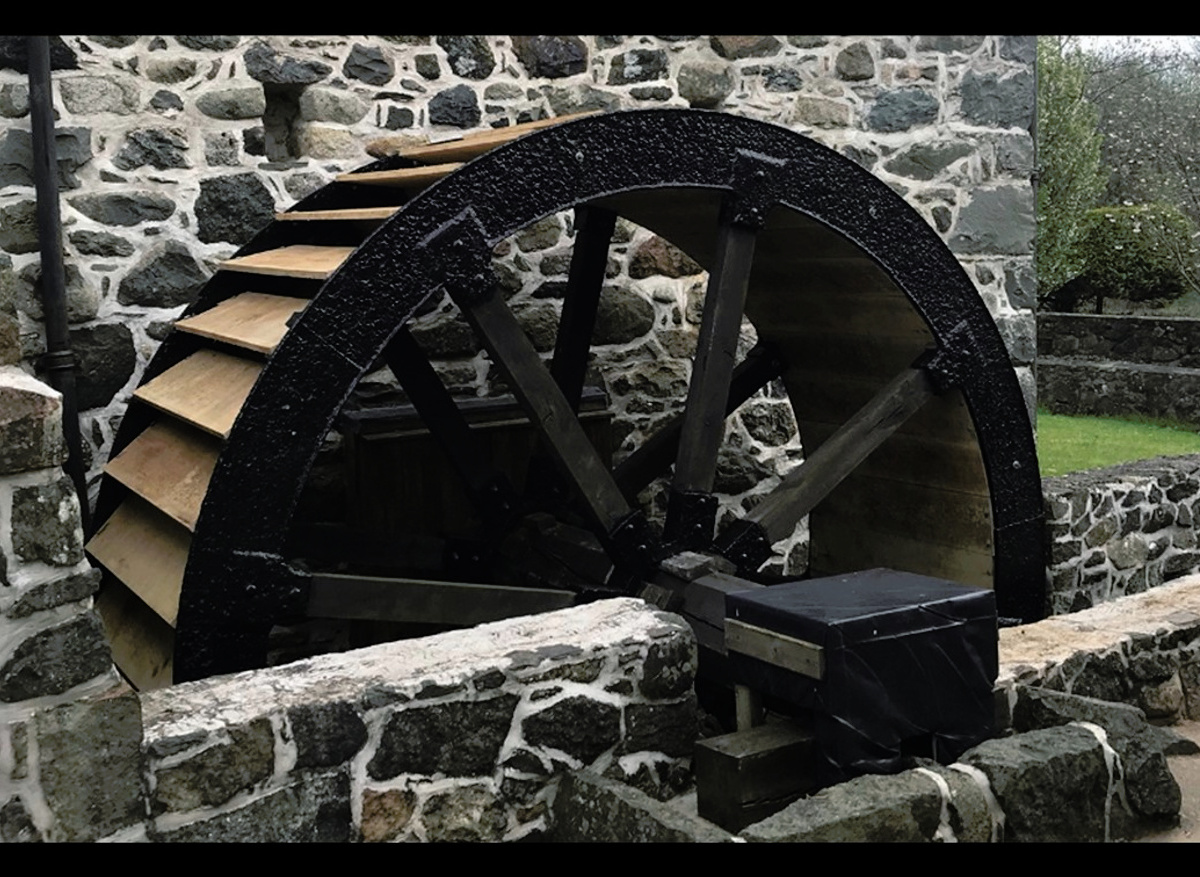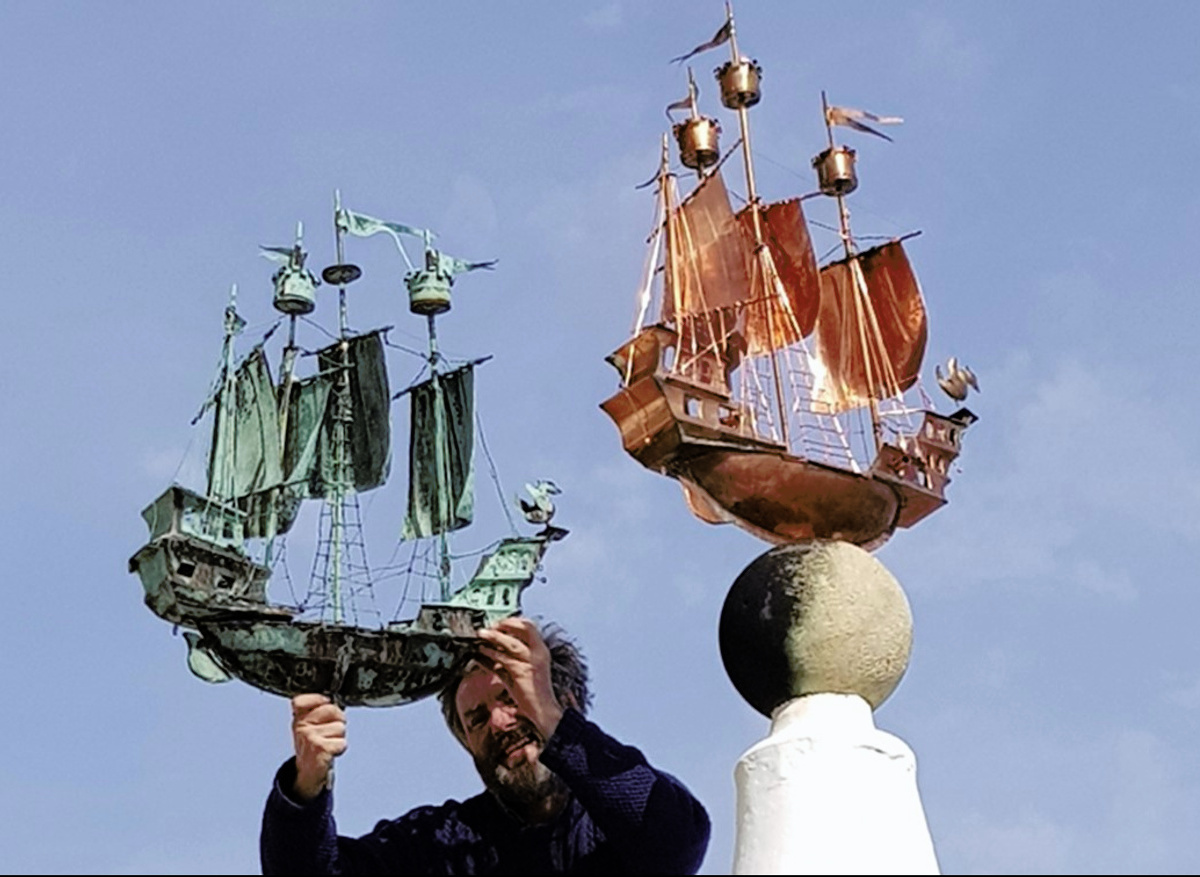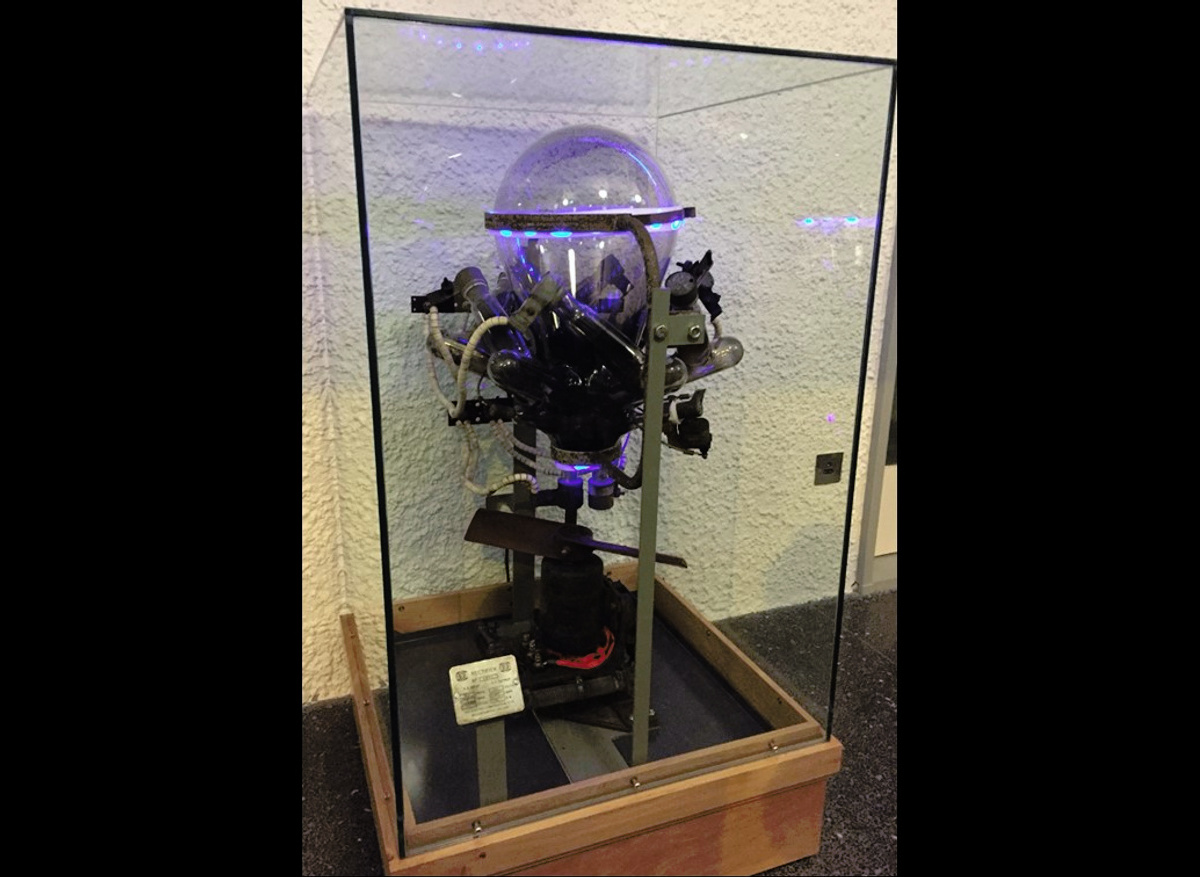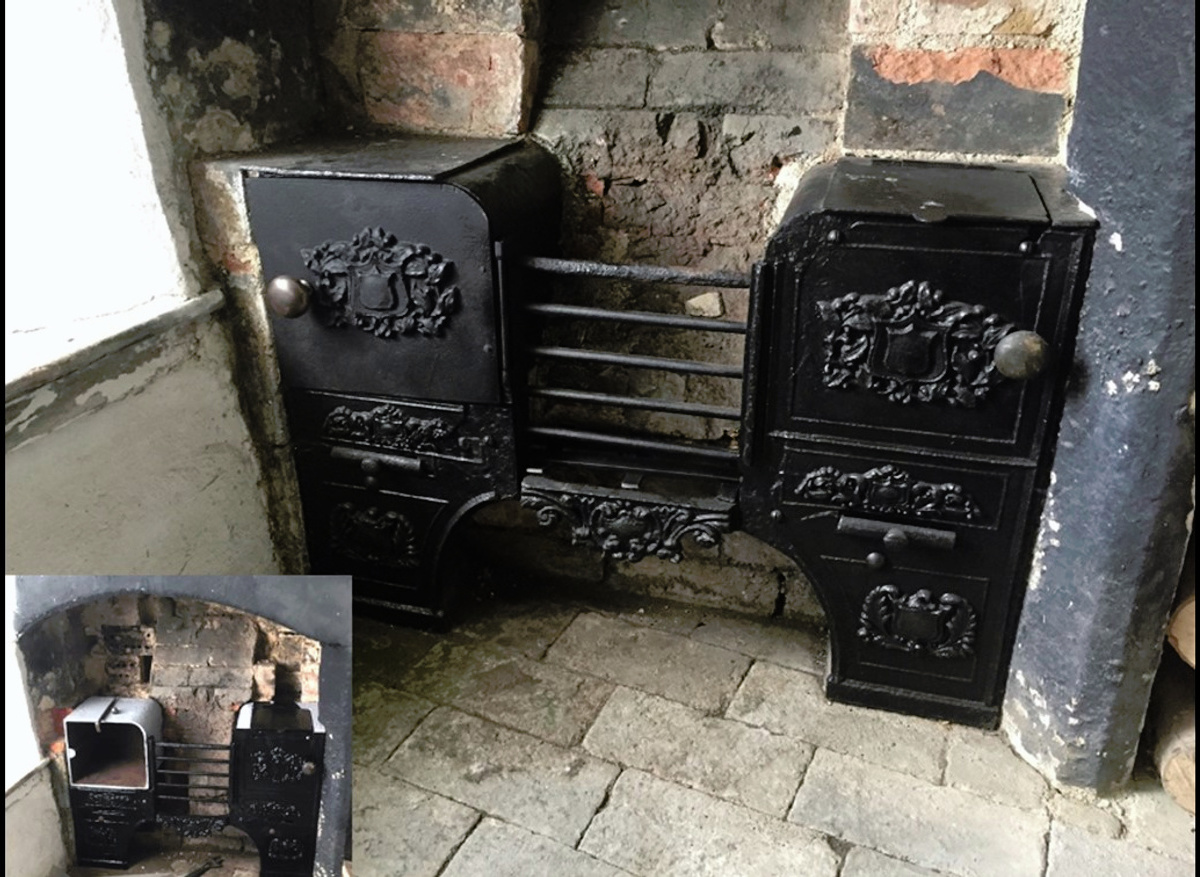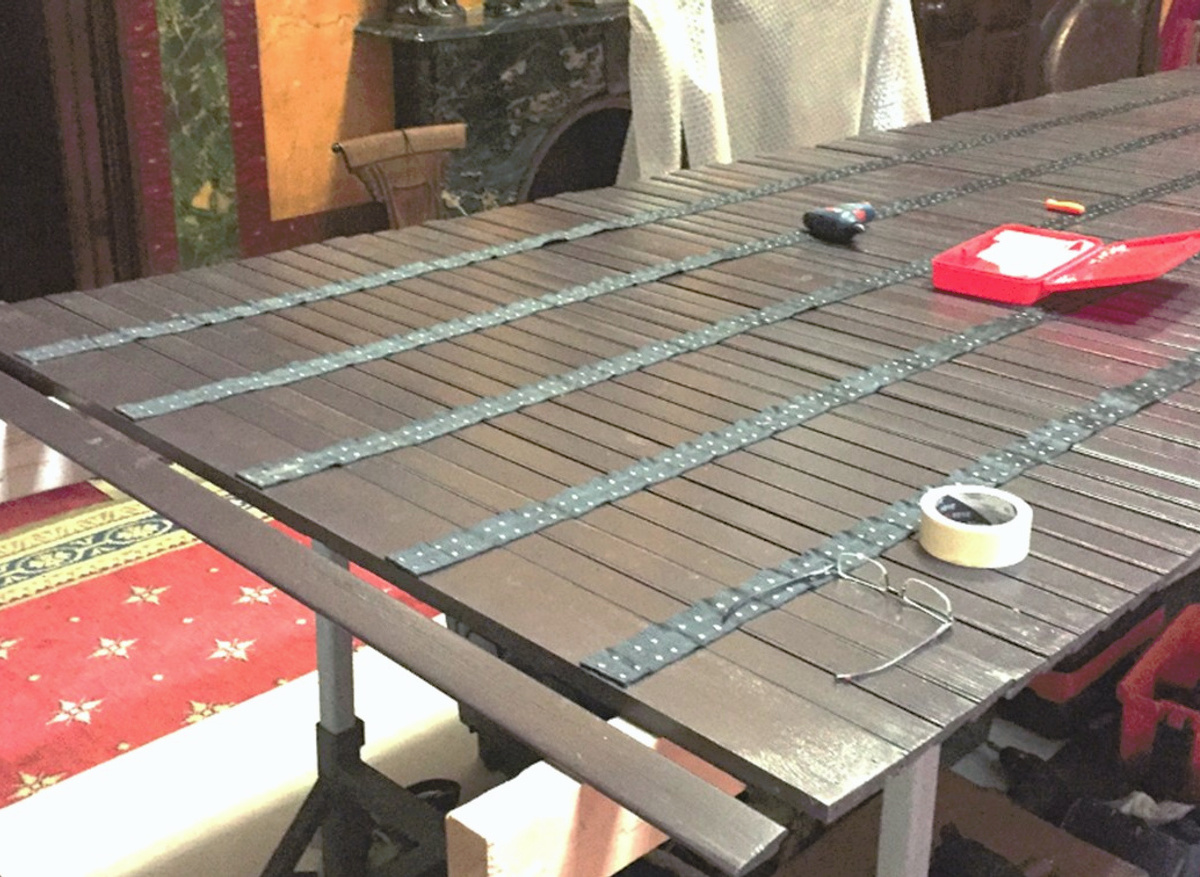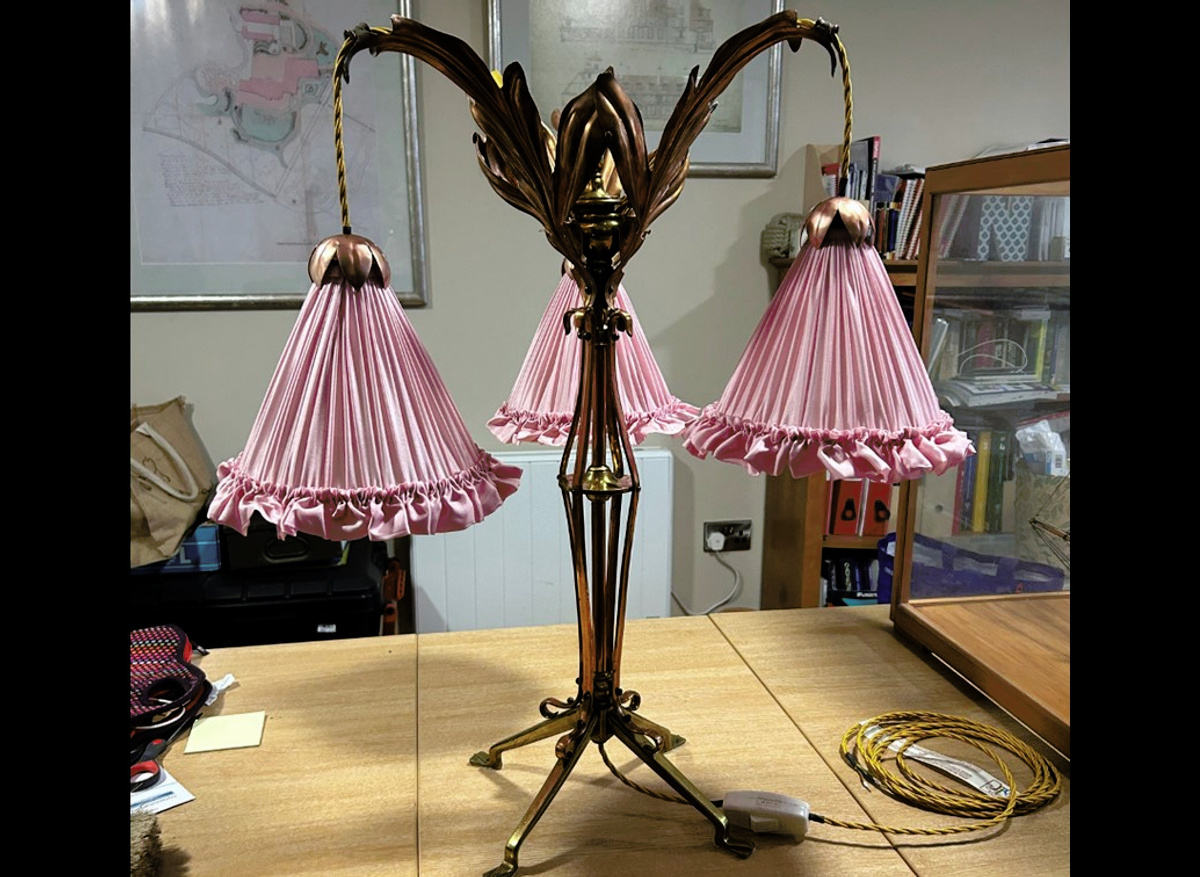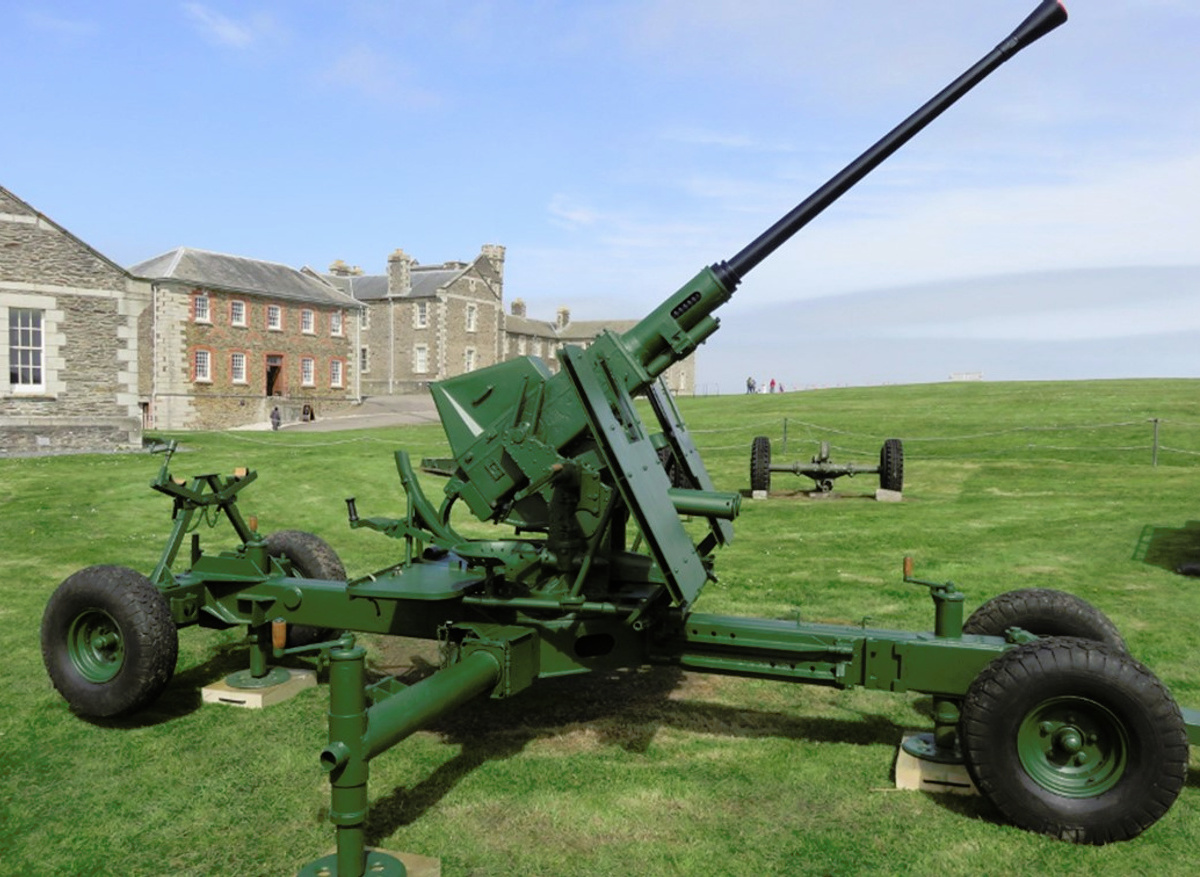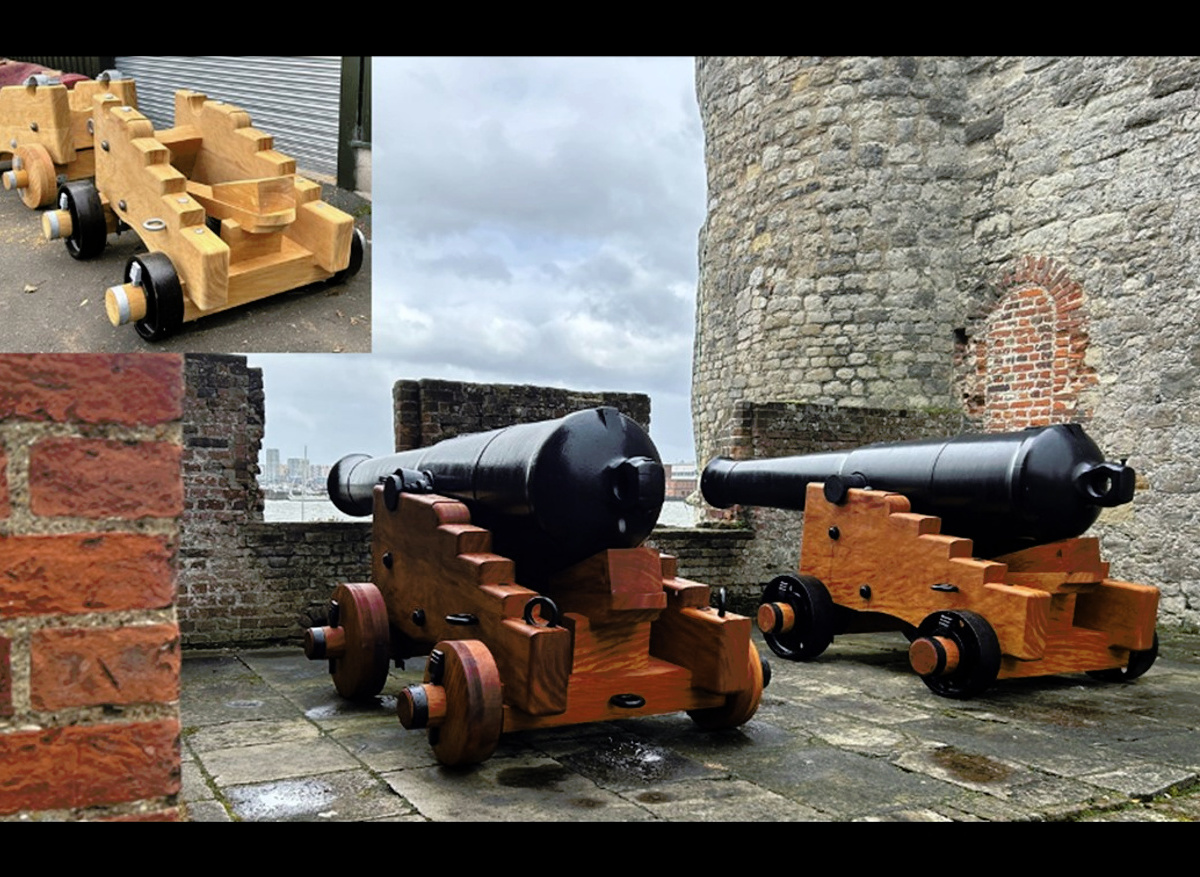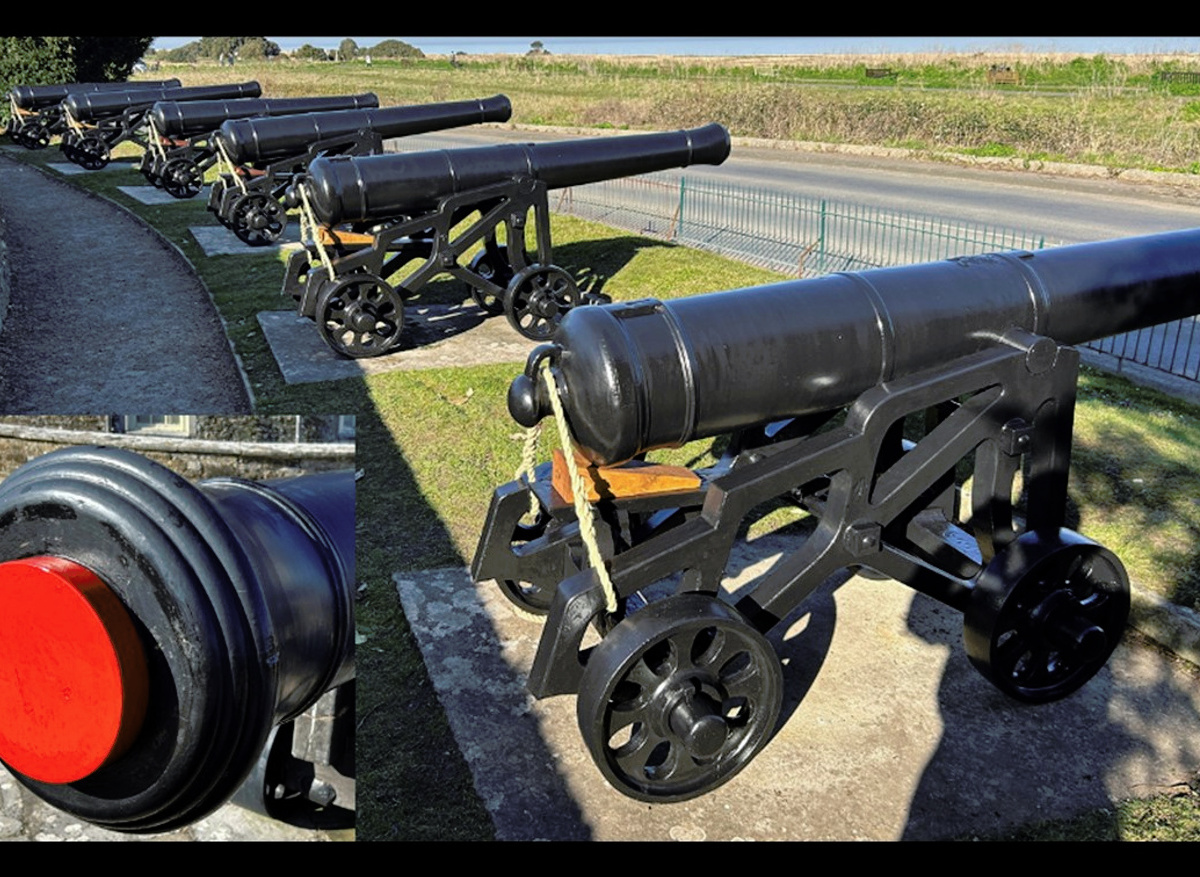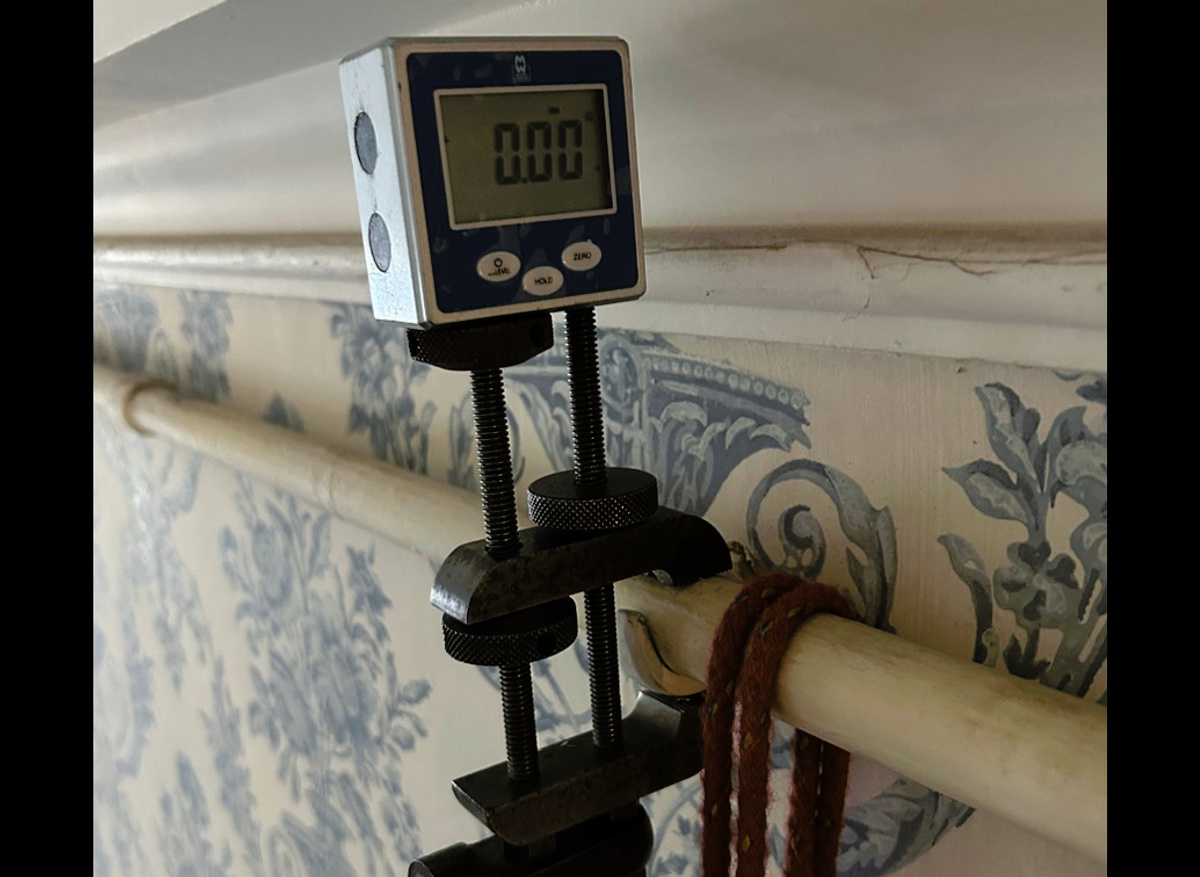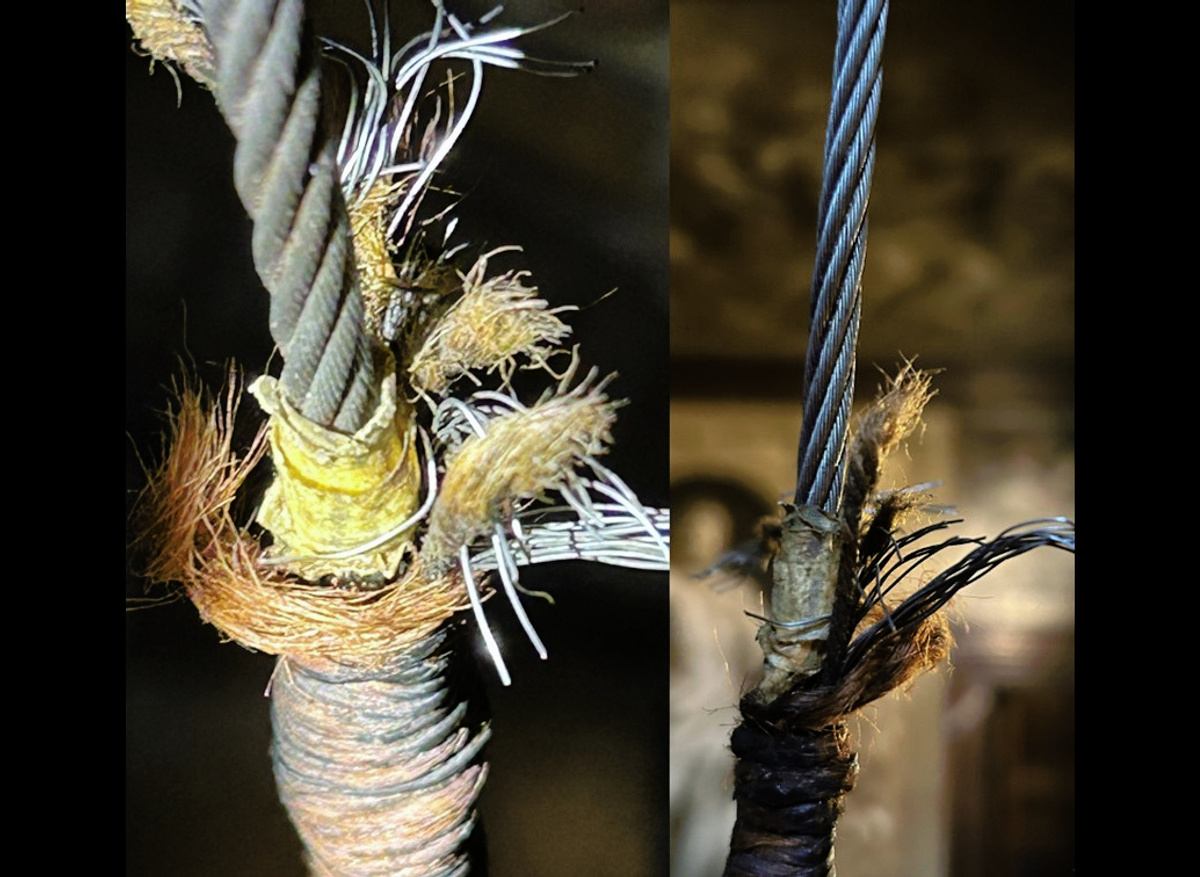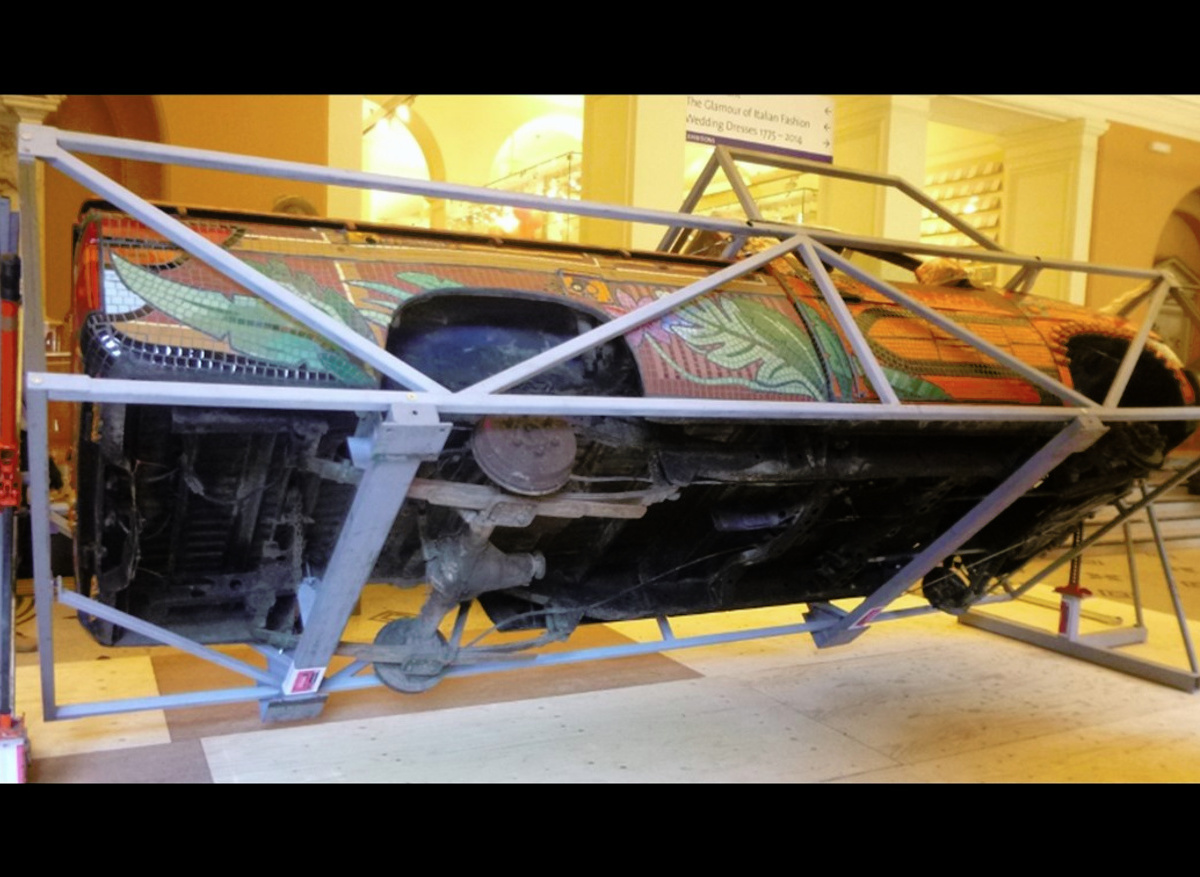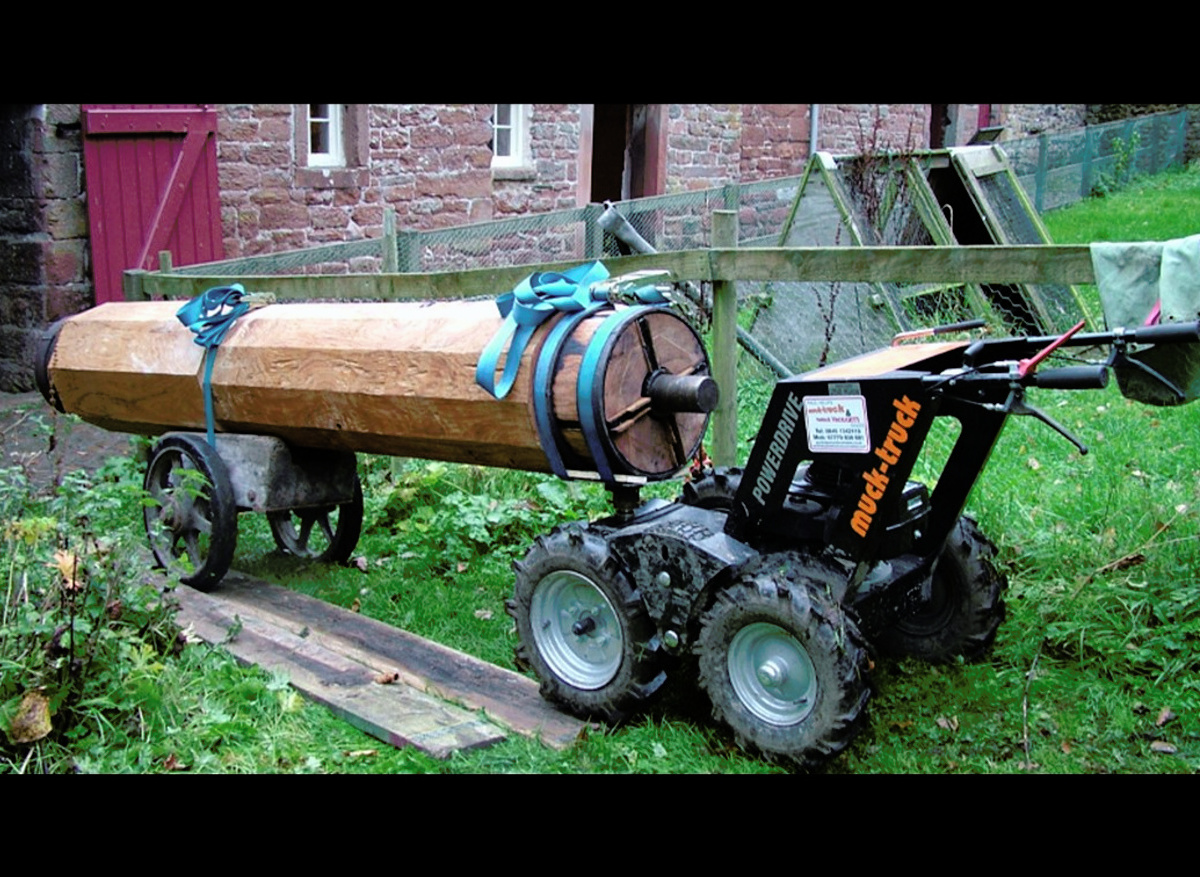Context Engineering offers wide-ranging conservation expertise to public and private clients across the UK, particularly where a practical and problem-solving approach is needed.
We are not a typical conservation practice. Our projects are eclectic: from a medieval sewage pump to 20th century ordnance; from a bronze key to a complete watermill; and from a simple cast iron fireback to a 410-needle net-making machine. Although specialising in metalwork, our conservation work also includes wood, leather and rope.
As appropriate, work can be carried out in situ or in our Workshop and, if the client wishes, in situ work can be undertaken as a visitor engagement opportunity. We are happy to train staff and volunteers to undertake ongoing collection care work and will provide supervision and advice going forward on these projects.
We also carry out:
- collection condition assessments
- the replication of historic objects for handling, use or display
- the design, installation and testing of picture rails and hanging systems in historic interiors
- the design and build of specialist packing cases
- the handling and transport of heavy and/or complex objects
- consultancy
Our main clients are the National Trust, English Heritage, Historic Royal Palaces and London Transport Museum.
Our philosophy is simple: context and collaboration are key. We provide high-quality, cost-effective, considered and practical solutions based around the object in its setting, and our clients’ needs and resources.
Metalwork survey, conservation and replication
Context Engineering conserves a range of ferrous and non-ferrous metals used in historic machinery, cooking and heating equipment, weathervanes, gates and railings, locks and door furniture. We undertake patternmaking of missing elements and source high-quality castings, as well as accurately replicating architectural metalwork where needed (e.g. zinc ventilators for Windsor Castle and portico railings for Y Gaer, Brecon).
We undertake wind and watermill repairs on metalwork and structural woodwork for the National Trust and private clients and have built, from scratch, the machinery of the only working watermill in the Brecon Beacons National Park at Talgarth.
We undertake condition surveys of metalwork, machinery and transport collections.
In 2005 we were presented with the ICON Award for Conservation for our conservation work on the zinc and barytes processing machinery at the National Trust’s Force Crag Mine in Cumbria.
Country house technology
Context Engineering specialises in the conservation of country house technology and is regularly commissioned by the National Trust, Historic Royal Palaces, English Heritage and private clients. We have conserved, repaired, restored to working order and, in some cases, replicated:
- ranges and cooking equipment
- locks
- lighting
- servants’ bell systems
- water closets
- speaking tubes
- wooden roller shutters
- water pumps and rams
We also undertake country house technology surveys. Tim Martin of Context Engineering was co-author of the country house technology chapter in the ‘National Trust Manual of Housekeeping’ (2006).
Historic ordnance
Between 2019 and 2025 Context Engineering held the contract with English Heritage to maintain its collection of historic ordnance across 20+ sites. The work undertaken has included:
- annual general maintenance (paint repairs)
- dismantling and fully re-painting barrels and carriages
- full gun conservation in a Workshop setting
- in situ repairs to wooden carriages
- making completely new wooden carriages and gun decks
- improving visitor safety by roping down guns and object security by designing and installing security brackets
Tim Martin of Context Engineering holds both a Firearms Dealer’s Licence and Authority from the Home Office to handle, work on and transport Section 5 Firearms.
Picture rails and lifting systems
A failed picture rail can have disastrous and expensive consequences. Context Engineering has significant experience in test-loading, repairing and strengthening historic rails and their fixings for Historic Royal Palaces and the National Trust. New sympathetic rails and fixings can be designed and installed as part of re-presentation projects, or where a room has previously had none.
Chandelier and other historic lighting winches and fixings can be inspected and remedial work undertaken for LOLER and insurance purposes. Portcullises, dumb waiters, roller shutters and ordnance lifts are also covered by the services we offer as we work in chain, swaged or spliced wire, and rope.
Object handling & transport
Context Engineering is a problem-solving conservation practice. How do you get a very expensive car up a staircase into an exhibition space without scratching it when it is too wide to fit through the doors? On its side of course! We have moved 5 cars for the Victoria and Albert Museum this way.
We are experienced in the safe dismantling, handling and transport of historic ordnance, vehicles and machinery, and can design and build specialist frames and packing cases, either for transport or storage.
We have our own range of lifting and moving equipment including gantry cranes, scaffolding, jacks, and machinery and compressed air skates.
Accredited members
Tim Martin ACR

